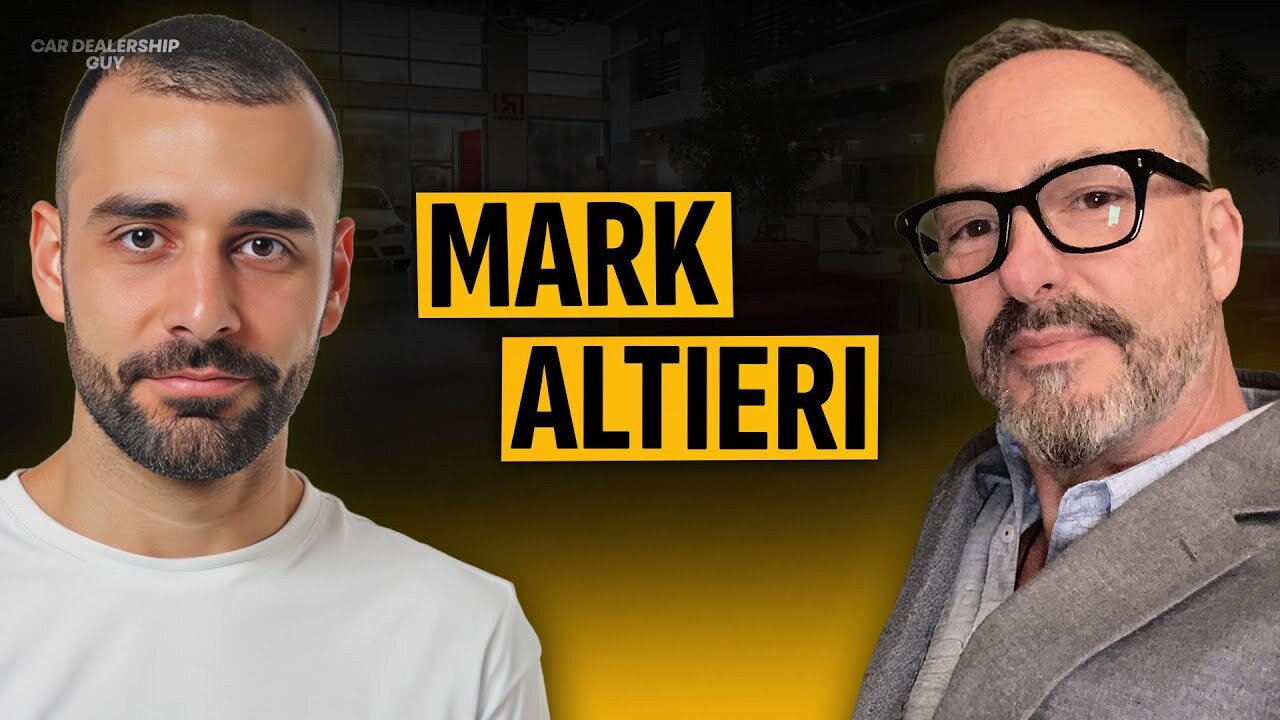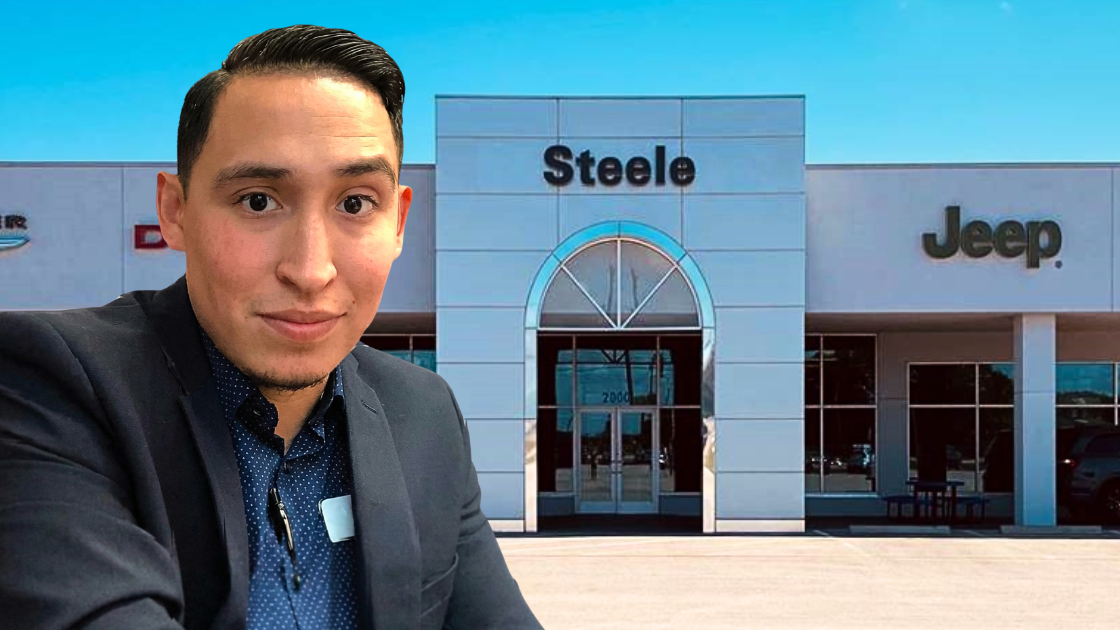
Welcome to another episode of the Car Dealership Guy Podcast.
In this episode, I speak with Peter Kelly, Co-Founder, President, and CEO of OPENLANE, to discuss how the wholesale car market finished off 2024, how volume trends are bucking expectations, and the key trends and challenges facing the segment this year.

1. A look back at 2024.
Peter reports that 2024 was a strong year for both OPENLANE and the broader auto industry. After volatile years in 2021 and 2022, market conditions have normalized. Both dealers and manufacturers are operating in a steady environment, with a positive outlook for further improvement.
“I think things are going to continue to get better, is my view, so I feel good about that.”
2. Lessons from leadership.
Reflecting on his four years as CEO, Peter emphasizes the importance of prompt decision-making, even if choices have to be made with incomplete information.
“I'm a pretty analytical person, so I'm always sort of seeking that next data point…But I've learned sometimes you're not gonna have all of that in the way you'd wish it, and you have to make the decision with the information you have.”
As a CEO of 4,500 employees, Peter has also discovered the importance of empowering his team by fostering a clear purpose. A strong culture that instills values like relentless curiosity and fearless ownership is crucial for driving companies forward.
3. Focusing on the customer experience.
Peter underscores the rising importance of offering a best-in-class customer experience in the dealership, noting that buyers’ standards have risen.
“We recognize what a great experience is, we recognize what a poor experience is, and we don't want those poor experiences. So we bring that expectation to everything we do.”
Peter recommends that dealers make identifying opportunities for improving the car buying experience a top priority and urges them to use their entrepreneurial spirit to their advantage.
4. Engage with tools to maximize performance.
With technology leveling the playing field, competition between dealers is getting more difficult. Having technology isn’t enough, dealers must maximize their use of various digital tools.
“I think our most successful customers are the customers that are most engaged in the platform, leveraging all the tools that are available to them.”
Being more resourceful with a platform’s features can also make a big impact on dealers’ bottom lines. For instance, using certain wholesale tools can boost final bidding prices by as much as $600 to $700 per vehicle.

OPENLANE - The world’s leading online dealer marketplace for used cars, bringing you exclusive inventory, simple transactions, and better outcomes. Learn more at openlane.com.
Uber Business - With Central, you can request a ride on behalf of your customers even if they don’t have the Uber app. If you’re ready to reduce the costs associated with maintaining shuttles and limit the liability of loaner vehicles, it's time to partner with Uber. Learn more at t.uber.com/CDGauto.
Dealer Pay - Designed to increase productivity and customer retention, offering a dealer-specific payment acceptance solution backed by over 25 years of experience as a trusted payments partner for dealerships across the United States. To learn more, contact Julie at [email protected] or call 636-442-4901.
5. Market trends: used car prices on the rise?
The used vehicle sector saw significant depreciation in late 2022 through 2023 following a pandemic-era price surge. Recent months, however, reflect stabilization, with Q4 seeing strong volumes and prices as demand remains healthy. Peter also says that used car dealers will see some slight price increases during the spring season due to the shortage of one- to three-year-old vehicles.
“I'm actually thinking we may see some appreciation in vehicles here in the early part of 2025…There is this still a deficit of one- to three-year-old used cars because there were fewer of those vehicles produced in 21, 22, 23.”
6. Macroeconomic factors and challenges.
Peter believes the U.S. economy is in a good place, although he acknowledges that the average consumer’s financial health is still struggling in the aftermath of the COVID-19 pandemic. Vehicle affordability remains a particular challenge for buyers, even with interest rates on the decline.
“The Fed has cut rates, but I don't think it showed up in people's mortgages or car payments to the full extent.”
Even so, the car market continues to display resilience. There are potential challenges, however, with Peter adding that the next administration’s plans to implement tariffs could pose a risk to the industry’s current strength.
7. Retail vs. wholesale market predictions.
Retail sales are likely to rise this year, buoyed by bigger incentives and more inventory. In comparison, wholesale volumes are likely to remain more constrained, due to a low supply of in-demand used vehicles. However, Peter is optimistic about the future.
“We are expecting, you know, fairly significant growth in used vehicle supply in 26 and 27, largely through increased numbers of off-lease vehicles.”
He adds that lower supplies of preowned cars will likely keep wholesale prices higher than normal in the coming months.
8. Innovating for the future.
Peter highlights the success of OPENLANE following its platform consolidation. Bringing fragmented digital platforms under the same banner has increased dealer participation and broadened inventory. While he remains proud of what his company has achieved, Peter encourages dealers to expand their horizons and their toolkit.
“Whether it's OPENLANE or other tools, there's tools out there that I think can enable and empower your business in a different way, in a better way than ever before. And you should always try to be taking advantage of those would be my advice.”
9. Feedback and continuous improvement.
Net Promoter Scores are a key metric for gauging customer satisfaction. Positive feedback on features helps affirm strategy while negative feedback helps identify areas for improvement.
“When customers put in that constructive feedback, that's really helpful. Sometimes it's, you're doing a great job, keep it up. Sometimes it's something constructive…and again, that's super valuable.”
Feedback is also key for innovation. Peter notes that his team has been busy searching for ways to improve vehicle condition reports based on client experiences, looking into possibilities such as leveraging artificial intelligence to boost accuracy.
10. Looking ahead.
Peter remains optimistic about 2025 and beyond. Positive trends in feedback, volumes, and customer engagement signal a bright future. He envisions wholesale platforms and other digital marketplaces playing an increasingly significant role in the industry, although he emphasizes that relationships with dealers will need to play a key role in this transition.
“It's a relationship business and I'm thrilled with all the great relationships we have across this industry. And I think whether it's 2025 or the years beyond that, the future is bright.”
What did you think of this podcast recap?
Interested in advertising with Car Dealership Guy? Drop us a line here.
Want to be considered as a guest on the podcast? Add your name here.








